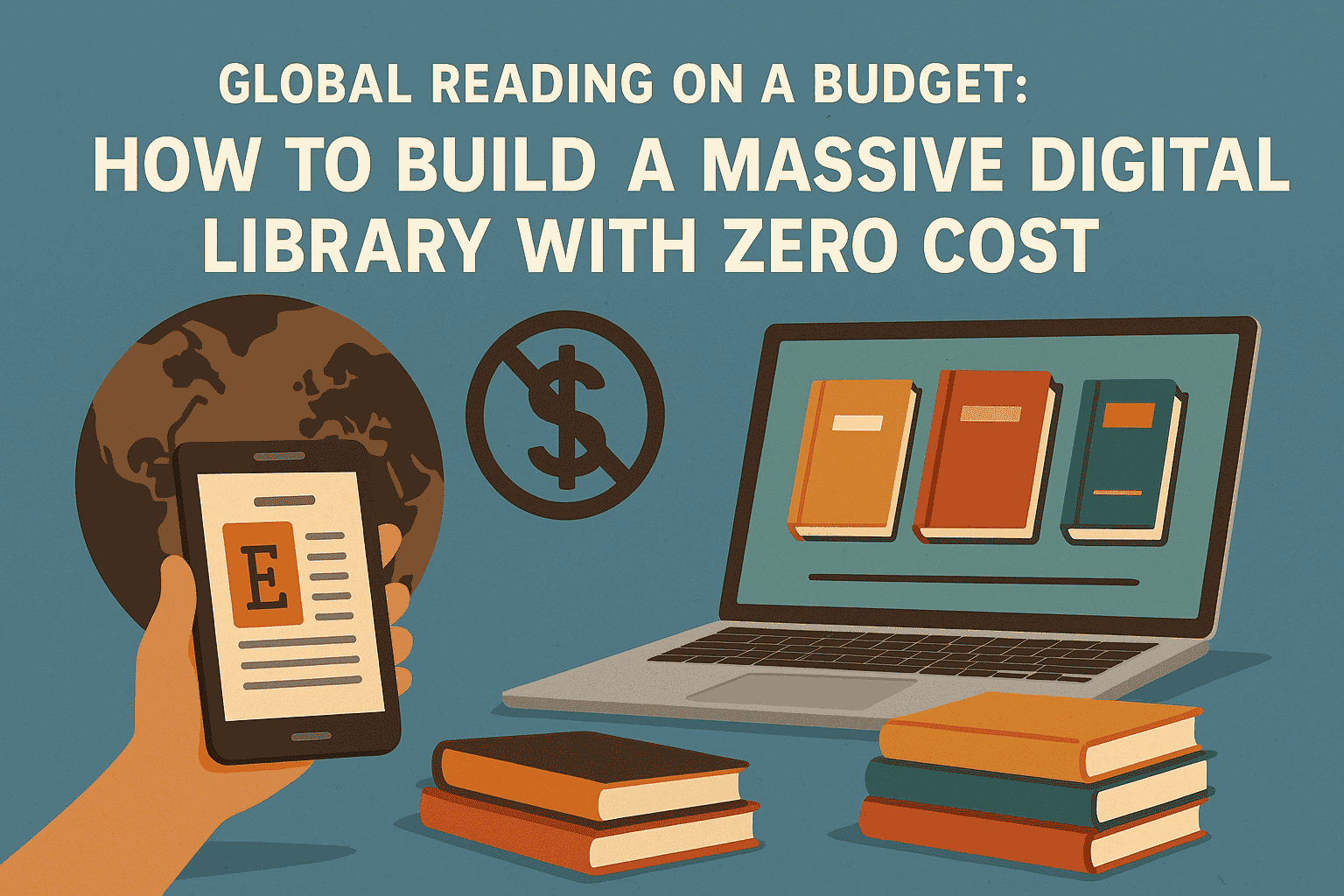Literary Depictions of Work-Life Balance: Lessons from Fiction
The concept of work-life balance has become increasingly important in modern society, where professional demands often encroach upon personal well-being. Interestingly, literature has long explored the complexities of juggling career ambitions with family life, personal growth, and inner fulfillment.
Through fictional narratives, authors capture the trials and triumphs of characters striving to achieve harmony between their work and personal lives. In this blog post, we explore literary depictions of work-life balance, drawing valuable lessons from the stories that mirror our everyday struggles.
The Classic Struggle: Balancing Career and Family
One of the most prominent themes in literature that explores work-life balance is the struggle to manage both career and family obligations. In "Little Women" by Louisa May Alcott, the character of Jo March embodies the tension between personal ambition and familial expectations. As she pursues her dreams of becoming a writer, Jo must also navigate her responsibilities to her family, illustrating the timeless challenge of balancing passion with duty.
Similarly, "Mrs. Dalloway" by Virginia Woolf examines the life of Clarissa Dalloway as she prepares for a high-society party while reflecting on the choices she made between love, family, and social expectations. Woolf’s narrative sheds light on the internal conflict faced by many women who strive to meet societal demands while pursuing personal fulfillment.
Modern Takes on Work-Life Imbalance
Contemporary literature also dives deeply into the chaos and complexity of work-life balance. In "Where'd You Go, Bernadette" by Maria Semple, the titular character’s attempt to manage her creative ambitions alongside the pressures of motherhood and societal expectations highlights the mental strain that imbalance can cause. The novel’s sharp wit and satirical tone underscore the challenges of keeping both work and personal life intact.
Another compelling example is "The Circle" by Dave Eggers, which critiques the relentless demands of corporate life. Mae Holland's deep immersion into the digital empire of The Circle erodes her personal relationships and sense of self, serving as a cautionary tale about the dangers of professional overcommitment.
The Pursuit of Harmony: Lessons from Fiction
Literature not only reflects the struggle for work-life balance but also offers potential solutions and insights:
Setting Boundaries Matters: Characters who achieve balance, like Jo March, learn to set boundaries around their time and energy.
Prioritization is Key: In Little Women, Jo’s ability to prioritize her writing amidst family obligations reflects the importance of focusing on what matters most.
Avoiding Overcommitment: Mae Holland’s downfall in The Circle serves as a reminder that constant connectivity and professional overcommitment can be detrimental.
Seeking Support Systems: Many characters in literature rely on support networks—friends, family, and colleagues—to navigate their personal and professional lives more effectively.
Literary Characters Who Found Balance
While some characters struggle, others manage to strike a harmonious balance. In "Pride and Prejudice" by Jane Austen, Elizabeth Bennet ultimately finds happiness by aligning her personal values with her romantic life, refusing to compromise her beliefs for societal expectations. Her journey reflects the importance of remaining true to oneself while navigating external pressures.
In "The Joy Luck Club" by Amy Tan, the stories of immigrant mothers and their American-born daughters illustrate the balancing act of cultural expectations, family responsibilities, and personal ambition. The novel beautifully portrays the ways in which family and career aspirations can coexist, albeit not without conflict.
Final Thoughts
Literature provides a reflective lens through which we can examine the complexities of work-life balance. By observing the triumphs and pitfalls of fictional characters, readers gain insights into their own lives, learning to prioritize, set boundaries, and find harmony in the chaos of modern living. Through these stories, we are reminded that balance is not about perfection but about finding peace amid the inevitable push and pull of work and life.






